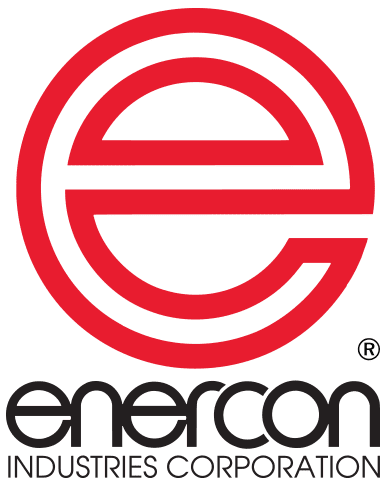An Overview of Surface Treatment for Three-Dimensional Objects
If you’ve attempted to print, label, or otherwise decorate a three-dimensional (3-D) product, you’ve probably been frustrated by an ink or adhesive that refused to adhere to the part’s surface. You may have tried different types of ink or adhesive formulations to get the job done, perhaps even used chemical primers or batch-treating processes. Still, the ink refused to bond with the material.
What you experienced was a phenomenon called low surface energy, a characteristic of some substrates, particularly plastics, that makes them repel printing inks and other coating materials. Contending with low-surface-energy substrates is a frequent concern for screen- and pad-printing businesses that decorate 3-D parts. But it’s an obstacle that can be overcome most easily with in-line surface-treatment technology. This article will reveal the types of treatment systems available today and explain the role they can play in a printing operation.


